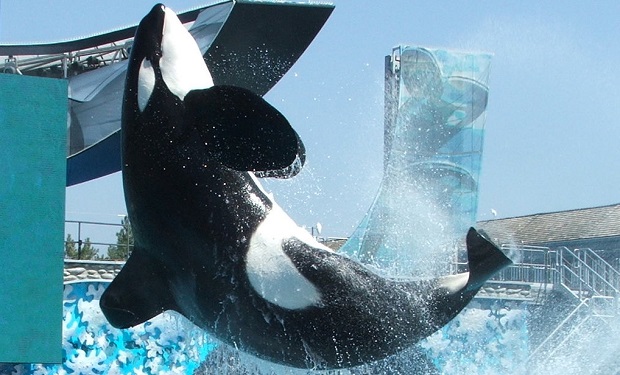Bringing the whales close made people love them. That’s how they knew they had to set them free.
SeaWorld CEO Joel Manby wrote an eloquent op-ed in the LA Times explaining Seaworld’s decision to end its Orca breeding programs. Saying “we need to respond to the attitudinal change that we helped to create,” Manby claims that before SeaWorld helped people see Orcas up close, the whales were “feared, hated and even hunted.” Now over the half century since SeaWorld first opened, that attitude toward Orcas has “changed dramatically” and they’ve become beloved and popular. “We are proud of contributing to the evolving understanding of one of the world’s largest marine mammals,” Manby says.
SeaWorld has been under pressure from lawmakers and was hit with a PR storm when the the documentary Blackfish was widely seen. SeaWorld won’t release its current orcas into the wild because they would “likely die,” Manby writes. SeaWorld faced a “paradox,” Manby claims. It brought the whales close and made it so people could see them and love them. And when the people saw them and loved them enough, they knew they had to set them free.
